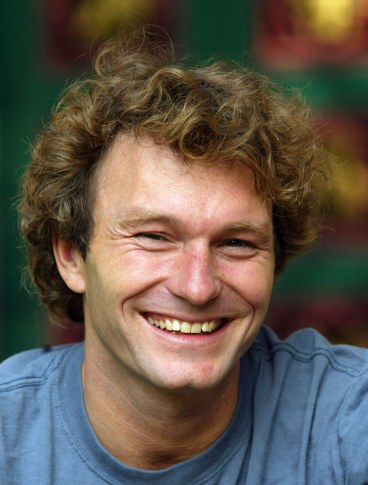Event Details:

Neuronal mechanisms of evidence accumulation and decision making in the larval zebrafish

Florian Engert, PhD
Professor of Molecular and Cellular Biology
Harvard University
Host: Andrew Shuster (Luo lab)
Abstract
Sensory evidence accumulation is a crucial part of any perceptual decision making process. Even though behavioral performance in psychophysical experiments can be well explained by abstract mathematical models of integration and thresholding, it remains elusive how such mechanisms are implemented on the level of neuronal networks. Comprehensive understanding of these underlying processes requires explorations of brain-wide circuit dynamics during individual trials. This is difficult to achieve in mammals where analysis is usually restricted to local circuits, allowing observations of only a very small fraction of the overall networks at any given time. Here we approach this problem by adapting a classical assay based on noisy random dot motion kinematograms, usually used in primate studies, to larval zebrafish. We characterized the delay and accuracy of individual swimming decisions and found that larvae can reliably integrate and remember such motion stimuli over many seconds and that their behavior follows precisely the classical diffusion-to-bound model. We then performed unbiased two-photon functional imaging experiments of the whole brain, identifying key circuit elements involved in the integration process. In particular, we found several neuronal clusters in the anterior hindbrain. One cluster represented the integrated sensory evidence, reminiscent of the diffusive variable in the model, while a second cluster represented sensory uncertainty. We propose that these two units together implement, in a biophysically plausible manner, the thresholding operation such that a third cluster, a motor command unit, is only activated when integrated evidence exceeds uncertainty. Analyzing these structures on the level of individual cells and trials allowed us to build a realistic neural network model, which not only quantitatively reproduced our experimental imaging data, but also the behavior of freely swimming fish.
Related papers
[1] Oteiza P, Odstrcil I, Lauder G, Portuges R, Engert F. (2017) A novel mechanism for mechanosensory based rheotaxis in larval zebrafish. Nature 547 (7664): 445-48 DOI: 10.1038/nature23014
[2] Naumann, EA, Fitzgerald JE, Dunn TW, Rihel J, Sompolinsky H, Engert F. (2016) From Whole-Brain Data to Functional Circuit Models: The Zebrafish Optomotor Response. Cell 167(4):947-960 PMCID: PMC5111816. DOI: 10.1016/j.cell.2016.10.019